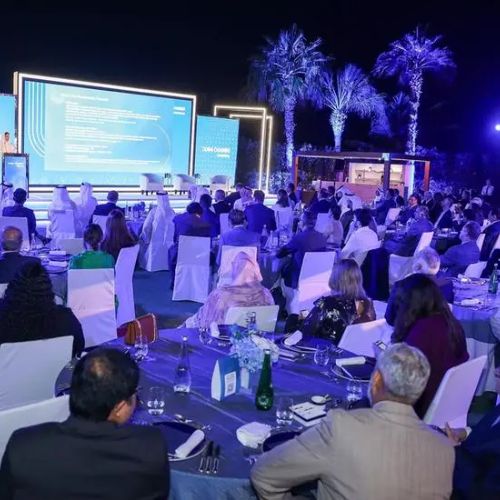U.S. Energy Secretary Jennifer Granholm and other senior energy and environment officials from the Group of Seven advanced economies recently attended meetings in Hokkaido, northern Japan, to discuss climate change, energy security, and related issues. Granholm said that wealthy nations could lead by example in cutting carbon emissions, although faster action is necessary to stem global warming.
Leading by Example
Granholm visited the world’s first and only liquefied hydrogen carrier, which showcases Japanese efforts to transform heavily polluting coal into emissions-free hydrogen power. She expressed disappointment that carbon emissions continue to rise despite massive investments in cleaner energy. However, she noted that 90% of the new generating capacity that came online globally last year is from renewable sources. She praised U.S. efforts to curb emissions in transportation and power generation and other steps toward the decarbonization of many industries.
Decarbonized Electricity Supply by 2035
At the G-7 summit in May last year, member nations set a common goal of achieving a fully or predominantly decarbonized electricity supply by 2035. Granholm said that this goal is achievable but needs to happen more quickly. She pointed to nuclear power as one of the ways to achieve decarbonization, and she praised Japan’s decision to restart many of the nuclear power plants it idled for safety concerns after the Fukushima Dai-Ichi nuclear plant disaster in March 2011.
Slow Progress in Japan’s Climate Policy Development
However, Kumiko Hirata, founder and international director of Climate Integrate (Japan), said in an online briefing that major Japanese industries such as steelmakers, manufacturers, and electrical utilities are heavily invested in fossil fuel-based technologies and have huge sway over the government and politicians. She added that Japan’s green transformation strategy, which includes commercializing the use of hydrogen and ammonia, mainly caters to big business interests. Hirata argued that they always argue that using existing technology is the most economically feasible approach for decarbonization, and because of that, climate policy development in Japan has been slow.
Conclusion
In conclusion, U.S. Energy Secretary Jennifer Granholm urged wealthy nations to lead by example in cutting carbon emissions, but she acknowledged that faster action is necessary to stem global warming. She praised U.S. efforts to curb emissions in transportation and power generation and other steps toward the decarbonization of many industries. Granholm pointed to nuclear power as one of the ways to achieve decarbonization, and she praised Japan’s decision to restart many of the nuclear power plants it idled with after the Fukushima Dai-Ichi nuclear plant disaster. However, Kumiko Hirata argued that major Japanese industries are heavily invested in fossil fuel-based technologies and have huge sway over the government and politicians, making climate policy development slow.















